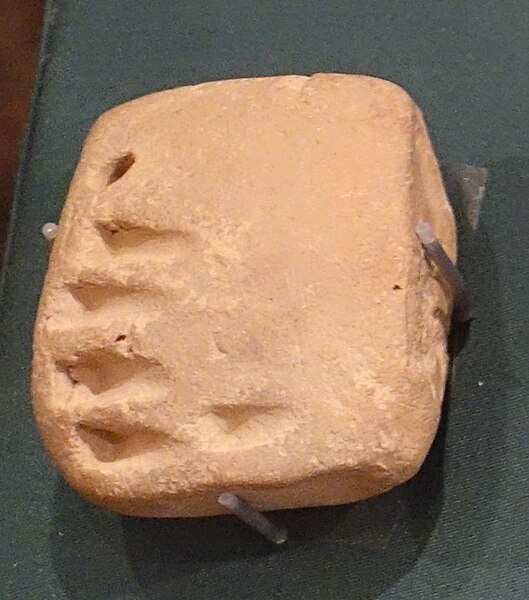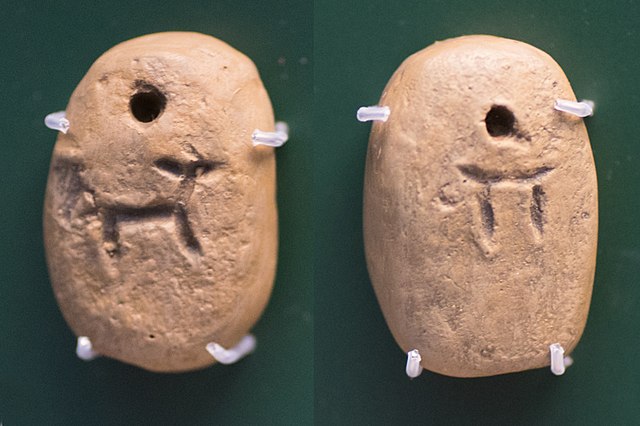Assyria
Videos
Page
Assyria was a major ancient Mesopotamian civilization which existed as a city-state from the 21st century BC to the 14th century BC, then to a territorial state, and eventually an empire from the 14th century BC to the 7th century BC.

The head of a female statue, dating to the Akkadian period (c. 2334–2154 BC). Found at Assur, on display at the Pergamon Museum in Berlin

The ruins of the Old Assyrian trading colony at Kültepe

A partial relief of Tiglath-Pileser III, r. 745–727 BC, under whom the Neo-Assyrian Empire was consolidated, centralized and significantly expanded

Detail of a stele in the style of the Neo-Assyrian royal steles, erected in Assur in the 2nd century AD under Parthian rule, by the local ruler Rʻuth-Assor
Cuneiform
Videos
Page
Cuneiform is a logo-syllabic writing system that was used to write several languages of the Ancient Near East. The script was in active use from the early Bronze Age until the beginning of the Common Era. Cuneiform scripts are marked by and named for the characteristic wedge-shaped impressions which form their signs. Cuneiform is the earliest known writing system and was originally developed to write the Sumerian language of southern Mesopotamia.

A trilingual cuneiform inscription of Xerxes I at Van Fortress in Turkey, an Achaemenid royal inscription written in Old Persian, Elamite and Babylonian forms of cuneiform

Clay bulla and tokens, 4000–3100 BC, Susa

Numerical tablet, 3500–3350 BC (Uruk V phase), Khafajah

Pre-cuneiform tags, with drawing of goat or sheep and number (probably "10"), Al-Hasakah, 3300–3100 BC, Uruk culture